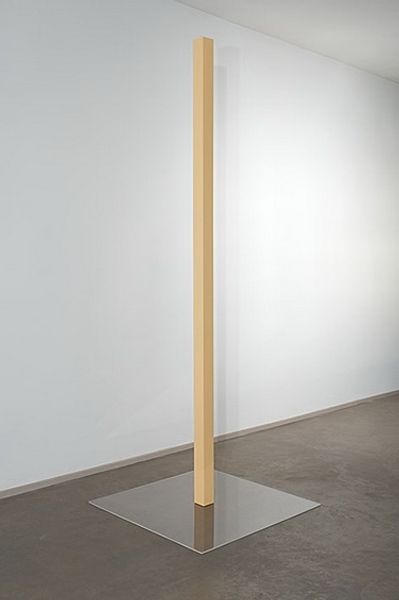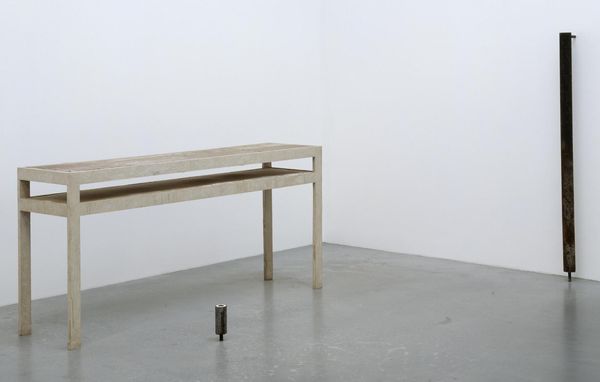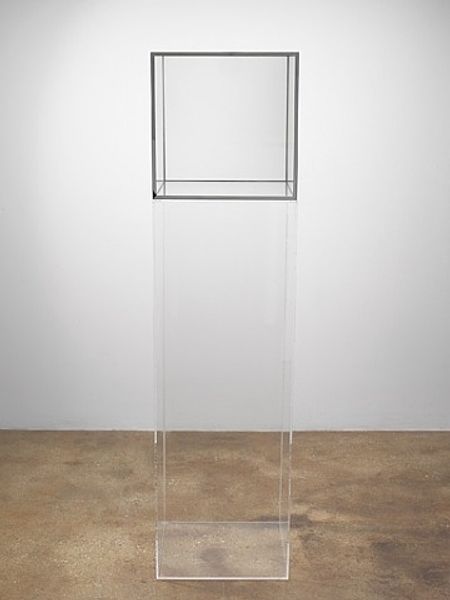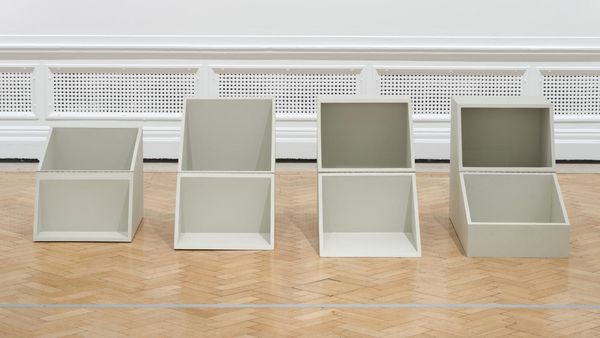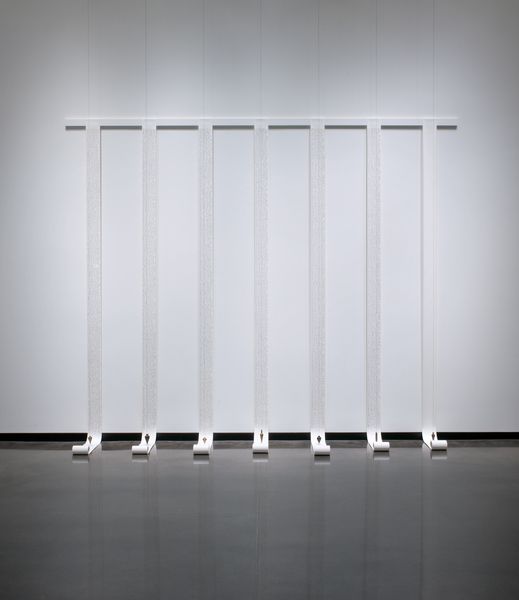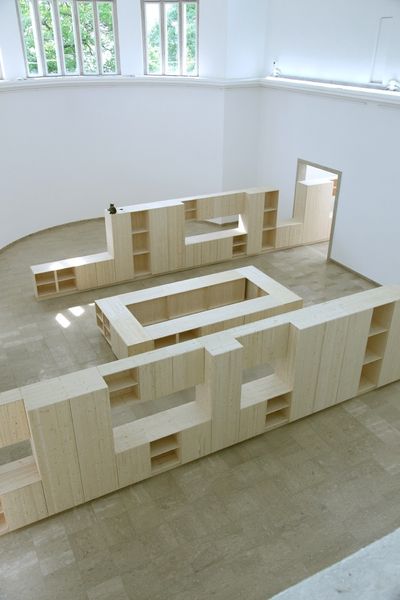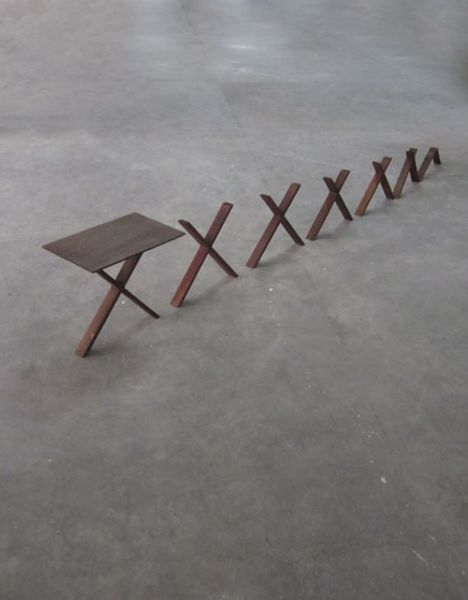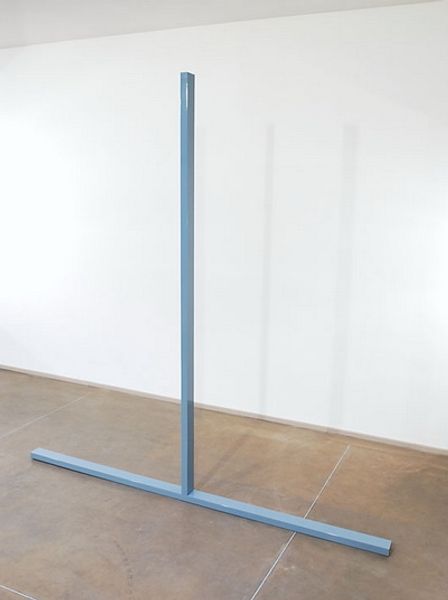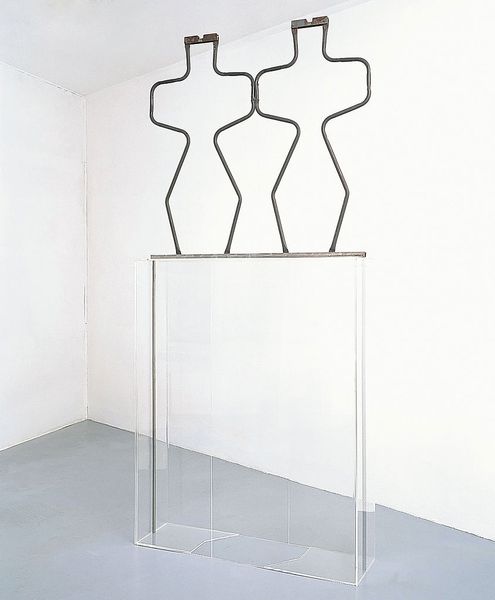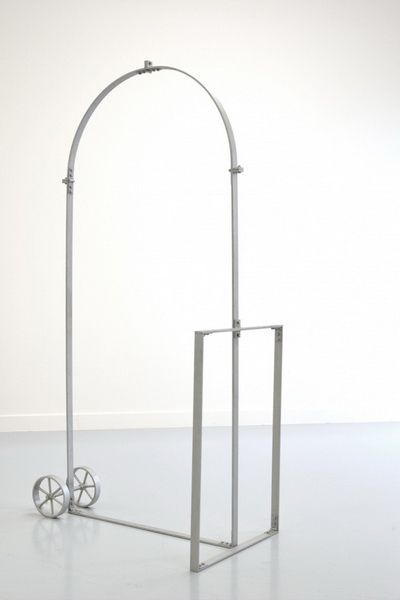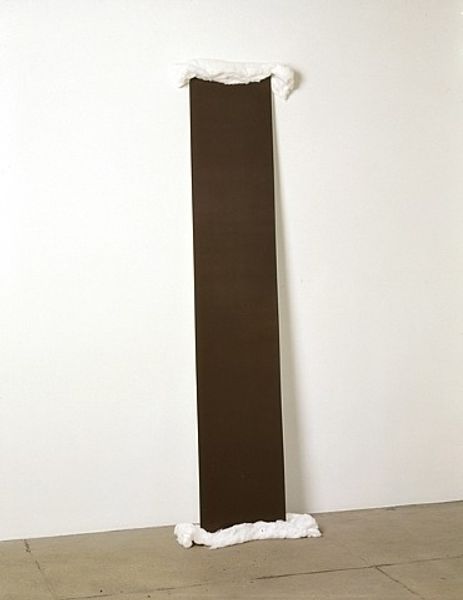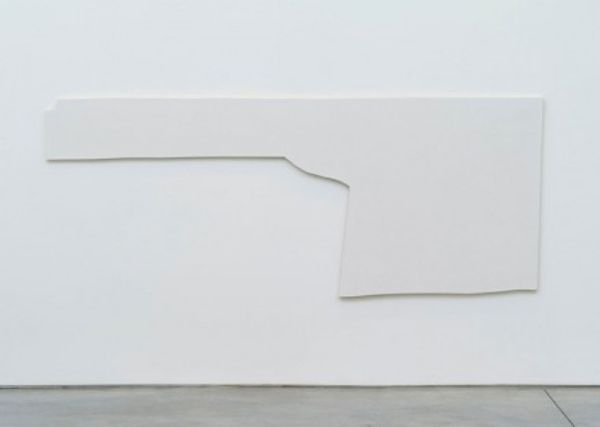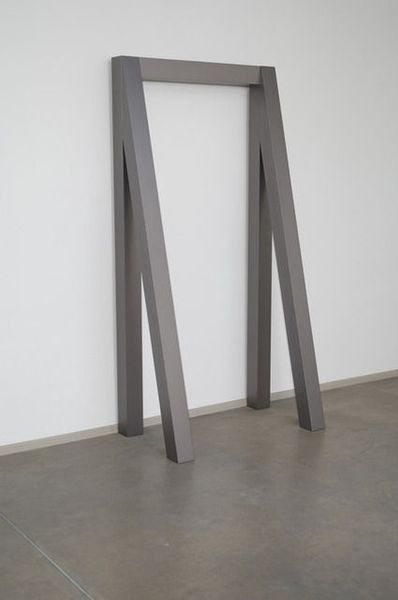
Dimensions: displayed: 920 x 6720 x 914 mm
Copyright: © The estate of Sol LeWitt | CC-BY-NC-ND 4.0 DEED, Photo: Tate
Editor: This is Sol LeWitt's *Five Open Geometric Structures*, displayed at the Tate. They're simple, almost like skeletal buildings. What cultural echoes do you hear when you look at these forms? Curator: I see a deliberate stripping away, almost a deconstruction. The shapes themselves – the cube, the pyramid – are primal, found across cultures representing stability, aspiration, even spiritual hierarchies. Editor: So, the act of opening them up… what does that signify? Curator: It disrupts the expected. The closed form offers containment, security. By opening it, LeWitt invites the viewer into the space, both physically and conceptually. It’s almost a challenge to the viewer’s own preconceived notions of form and function. Editor: Interesting. I hadn't considered the subversion of those primal symbols. Curator: Indeed. The mind fills the gaps, searches for meaning, and in that search, creates its own narrative.
Comments
http://www.tate.org.uk/art/artworks/lewitt-five-open-geometric-structures-t07144
Join the conversation
Join millions of artists and users on Artera today and experience the ultimate creative platform.
Since the 1960s, LeWitt has made three-dimensional work using basic geometric units, such as cubes and squares, arranged in pre-determined mathematical sequences. He has written: ?To work with a plan that is pre-set is one way of avoiding subjectivity. It also obviates the necessity for designing each work in turn. The plan would design the work.? The objects are made by assistants according to LeWitt?s instructions. By minimising his physical presence in the process of fabrication, LeWitt emphasises the impersonality of these structures. Gallery label, May 2003
